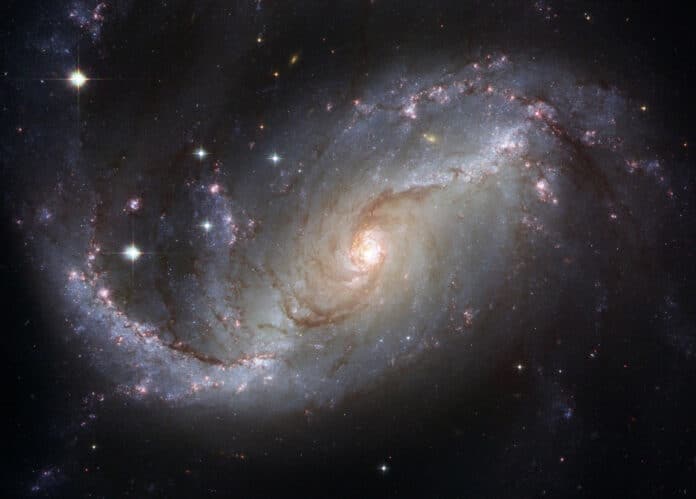Astronomers and physicists have been determining the universe’s age by counting the years since the Big Bang and examining the oldest stars by looking at the redshift of light from far-off galaxies. Thus, using the Lambda-CDM concordance model, the age of our universe was estimated in 2021 to be 13.797 billion years, thanks to new methodologies and technological advancements.
However, many scientists have been puzzled by the existence of stars that are older than the estimated age of our universe and by the discovery of early galaxies. Furthermore, they’re surprisingly small in size, adding another layer of mystery to the equation.
A new study challenges the dominant cosmological model, suggesting that our universe could be twice as old as current estimates. The study sheds new light on the so-called “impossible early galaxy problem.
Author Rajendra Gupta, adjunct professor of physics in the Faculty of Science at the University of Ottawa, said, “Our newly-devised model stretches the galaxy formation time by several billion years, making the universe 26.7 billion years old, and not 13.7 as previously estimated.”
According to Zwicky’s tired light theory, the progressive energy loss by photons over enormous cosmic distances causes the redshift of light from distant galaxies. It appeared to contradict observations, though. However, Gupta discovered that “it becomes possible to reinterpret the redshift as a hybrid phenomenon, rather than solely due to expansion, by allowing this theory to coexist with the expanding universe.”
Gupta also introduced the idea of evolving “coupling constants,” as hypothesized by Paul Dirac. Fundamental physical constants, known as coupling constants, control how particles interact with one another. These constants might have changed throughout time, according to Dirac.
The formation period of the early galaxies discovered by the Webb telescope at high redshifts can be increased from a few hundred million years to several billion years by allowing them to evolve. This offers a more logical justification for these old galaxies’ high degree of mass and growth.
Additionally, Gupta proposes that the conventional understanding of the “cosmological constant,” which stands for the dark energy responsible for the universe’s accelerated expansion, has to be updated. Instead, he suggests a constant that explains how the coupling constants have evolved. This modification to the cosmological model enables more precise observations and addresses the conundrum of the small galaxy sizes seen in the early cosmos.
Journal Reference:
- R Gupta. JWST early Universe observations and ΛCDM cosmology. Monthly Notices of the Royal Astronomical Society, stad2032, DOI: 10.1093/mnras/stad2032
